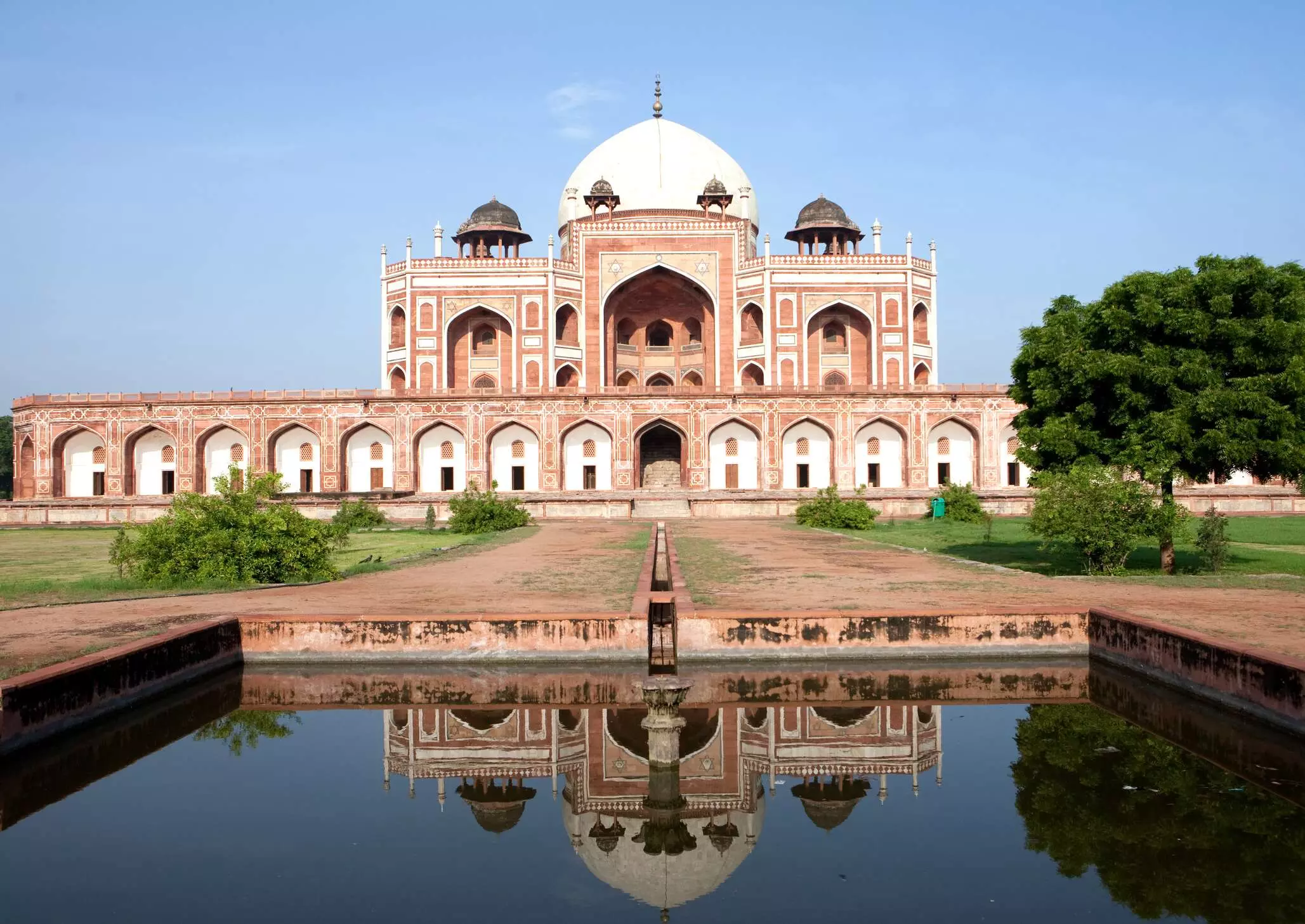
Six killed as structure near Humayun’s Tomb complex collapses in Delhi
A rescue operation is underway as five people were confirmed dead after a roof collapsed in the Nizamuddin area on Friday

Six people have died after a portion of a room located in Dargah Fateh Shah Wali near Humayun's Tomb in Delhi’s Nizamuddin area collapsed on Friday (August 15). Several people are feared to be trapped inside.
Six people have lost their lives in the incident. It is a matter of investigation, and action will be taken if someone was living illegally here in the ASI site," said District Magistrate South-East Delhi, Dr. Sravan Bagaria as quoted by ANI.
The Delhi Fire Service received a call about the incident around 4 pm. Rescue teams have rushed to the spot, and the process to locate and rescue those who may have been trapped inside has been initiated. The 16th-century tomb is a popular tourist destination.
12 rescued so far
Police said that a total of 10 to 12 victims were rescued from the debris after a call regarding the incident was received at 3.55 pm on Friday, and victims have been sent to different hospitals, including AIIMS Trauma and LNJP hospital. Search and rescue operations are underway.
Several rescue agencies, including the Delhi Fire Services (DFS), Delhi Police, NDRF and Delhi Disaster Management Authority (DDMA), have been pressed into service. " The Station House Officer and local staff reached there within five minutes and started the rescue. Sometime later, fire personnel and CATS ambulances also reached the spot. NDRF also joined the rescue efforts," a senior police officer said, adding that the rescue operations are still going on, reported PTI.
Also Read: Three-storey building collapses in Delhi's Azad Market; 1 dead
Main dome didn't collapse
The report further states that a senior DFS official said that initially, a call regarding the collapse of a portion of a dome at the tomb was received, after which five fire tenders were rushed to the spot. Later, authorities clarified that the incident did not involve the main dome of the 16th-century monument but a smaller room within its premises.
The further stated that the area where the collapse occurred was part of the peripheral structure and not the central mausoleum. The cause of the collapse is yet to be ascertained, but preliminary checks suggest possible structural weakening due to recent rains.
Also Read: Delhi building collapse: 2 dead, 8 injured
Portion of nearby structure collapsed
"There has been no damage in Humayun Tomb. A new structure was being built near the Humayun tomb, its portion has collapsed, and some of it also fell onto the walls of the Humayun Tomb," Ratish Nanda, conservation architect at Aga Khan Trust for Culture (AKTC), the organisation behind the restoration of Humayun's Tomb, said as quoted by PTI.
Humayun's Tomb, a UNESCO World Heritage Site, is a major tourist attraction in the national capital and is visited daily by hundreds of domestic and foreign visitors. Humayun's Tomb, a UNESCO World Heritage Site, is a major tourist attraction in the national capital and is visited daily by hundreds of domestic and foreign visitors. Delhi Traffic Police were asked to keep the route for hospitals clear so that ambulances can reach the hospital on time.
Also Read: 6 dead, 8 injured in Delhi building collapse; rescue operation on
Earlier incident
Earlier in September 2024, a section of the boundary wall at the Nabi Karim dargah in Delhi gave way after unusually heavy monsoon rains. The collapse occurred without warning, sending large masonry blocks crashing down onto a pathway used by visitors and worshippers. Emergency responders—comprising local police and fire department crews—arrived within minutes of the incident and found one person dead and two others seriously injured.
Rescue teams worked through the afternoon to clear debris and shore up the remaining wall, while local residents were temporarily evacuated as a precaution against further failures.
Subsequent inspections by municipal engineers revealed extensive water seepage behind the centuries-old stonework and identified several untreated cracks that had widened over the previous monsoon season. Authorities attributed the collapse primarily to prolonged exposure to rainwater combined with deferred maintenance of the heritage structure.
(With agency inputs)

